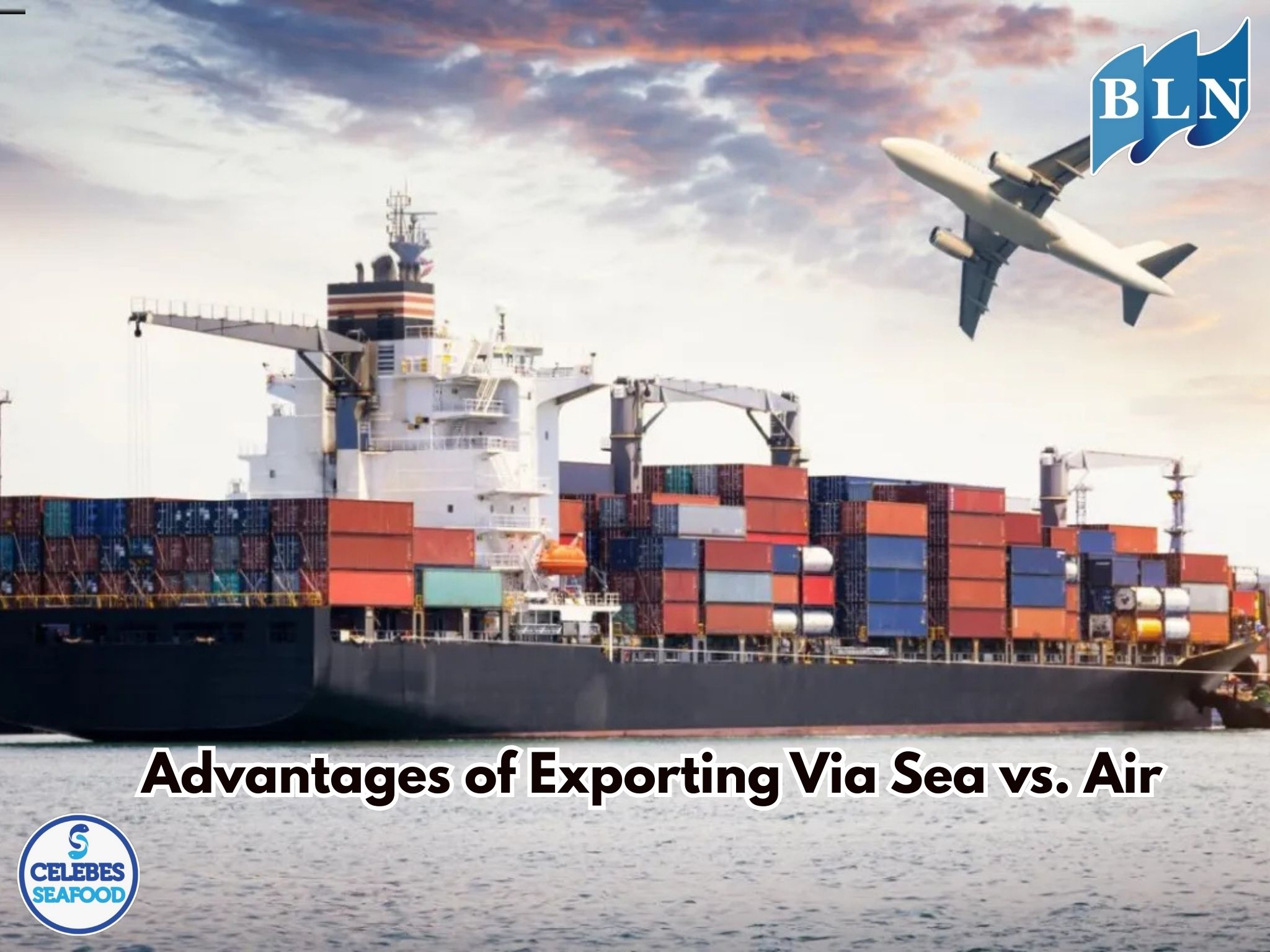Identification of Types of Seagrass that Grow in Indonesian Waters
By. Alfian - 11 Aug 2025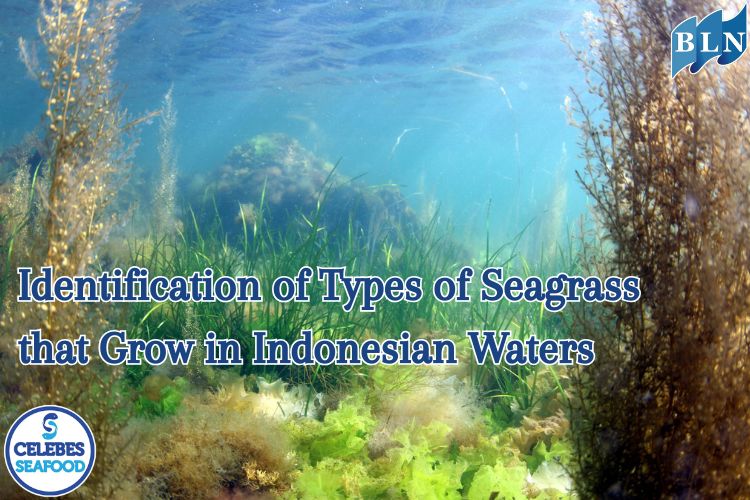
lautnusantara.com Indonesia, as a maritime country with the second-longest coastline in the world, is known for its exceptionally high seagrass diversity. Seagrasses are flowering plants that live completely submerged in seawater and play a vital role in coastal ecosystems.
In Indonesia, there are approximately 14 identified species of seagrass from 8 genera. Each species has unique characteristics that influence its function in the ecosystem.
Here are some of the most common seagrass species found in Indonesian waters:
- Enhalus acoroides: This species is known for its very long and wide, ribbon-like leaves. It is often found in shallow waters adjacent to mangrove forests. Due to its large size, this seagrass has high cover value and provides an important habitat for various marine biota.
- Thalassia hemprichii: This seagrass is one of the most widespread species throughout Indonesian waters. Its leaves are shaped like short ribbons and often form extensive, dense seagrass meadows. This species is highly tolerant of a wide range of environmental conditions, making it dominant in many areas.
- Cymodocea rotundata: Its leaves are ribbon-shaped with rounded tips. This seagrass is often found in shallow waters with stable sandy substrates.
- Halodule uninervis: This species has slender, narrow leaves, often with only one leaf per stalk. They can grow on a variety of substrates, including mud and sand.
- Syringodium isoetifolium: This seagrass has a very unique leaf shape, which is cylindrical and resembles noodles. It often grows in association with other seagrass species, adding diversity to a seagrass meadow.
- Halophila ovalis: This species is easily recognized by its oval-shaped leaves, resembling small spoons. Its relatively small size means it often grows in shallow areas and serves as food for several marine herbivores.
The diversity of seagrasses in Indonesia demonstrates the richness of coastal ecosystems and forms the basis for various ecosystem services, from fish nursery grounds to carbon sequestration. The existence of these seagrasses is crucial for the sustainability of Indonesia's marine resources.
If you are interested in our Barramundi Fillet Skin On / Barramundi Fillet Skinless Tyger Style, Barramundi Fillet Skinless Tiger Style please do not hesitate to contact us through email and/or whatsapp.
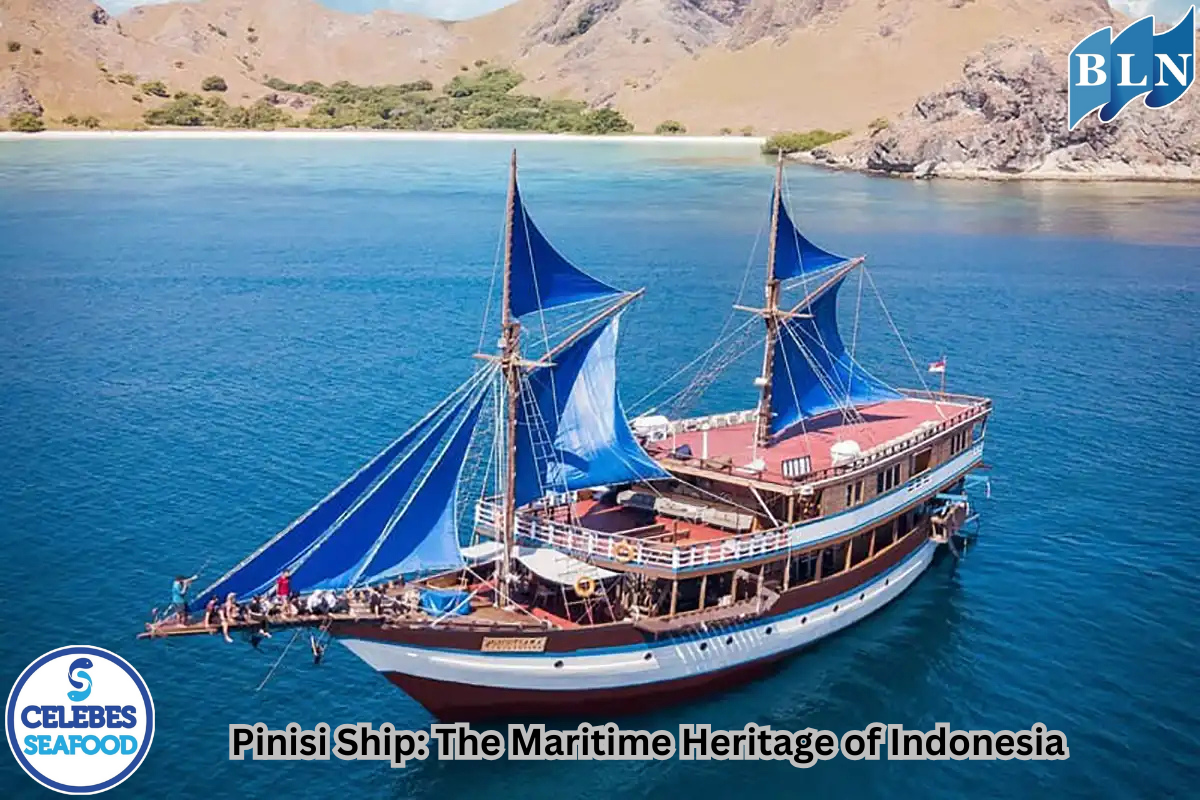
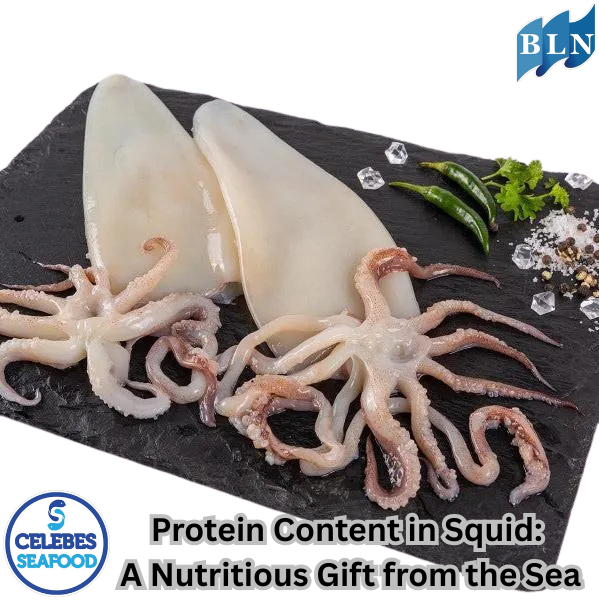
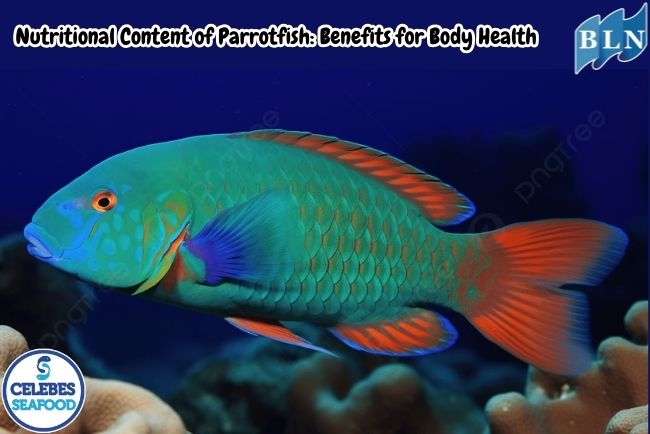
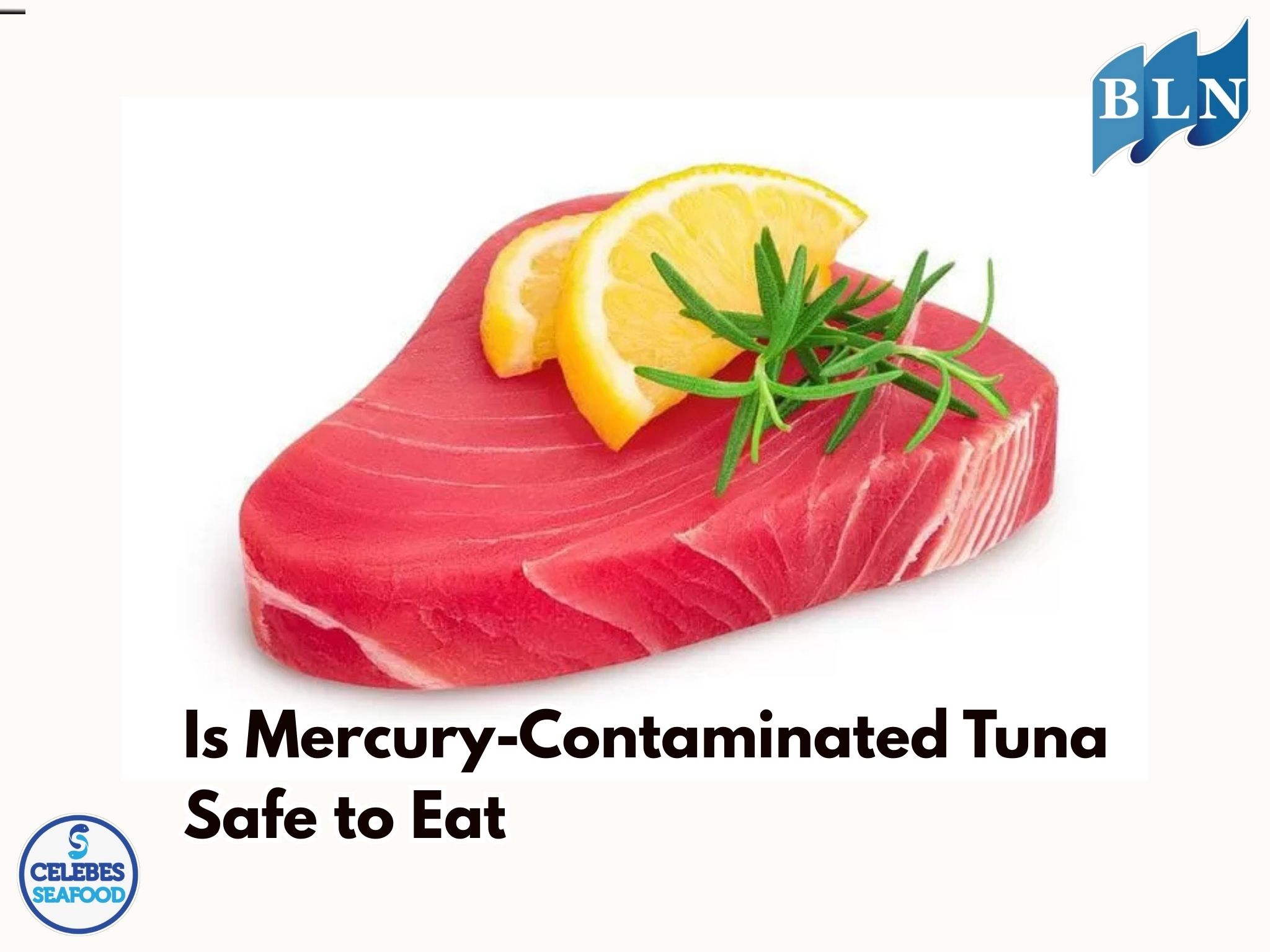
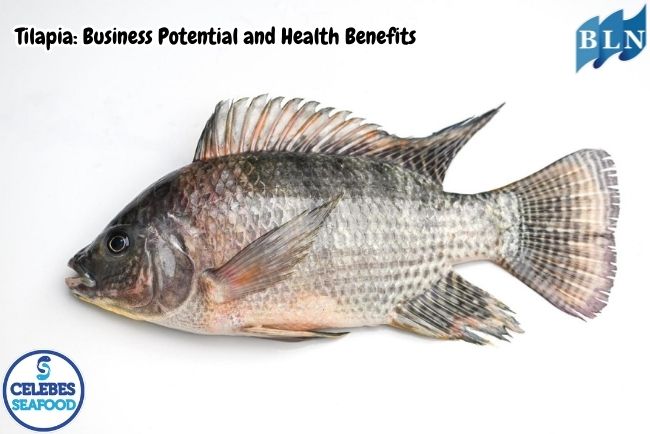
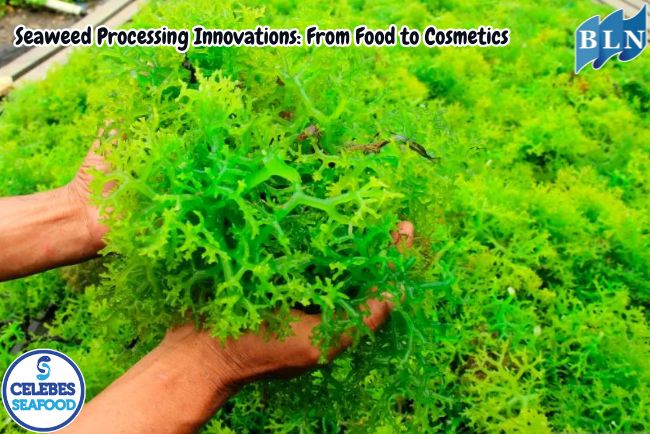
.jpg)
